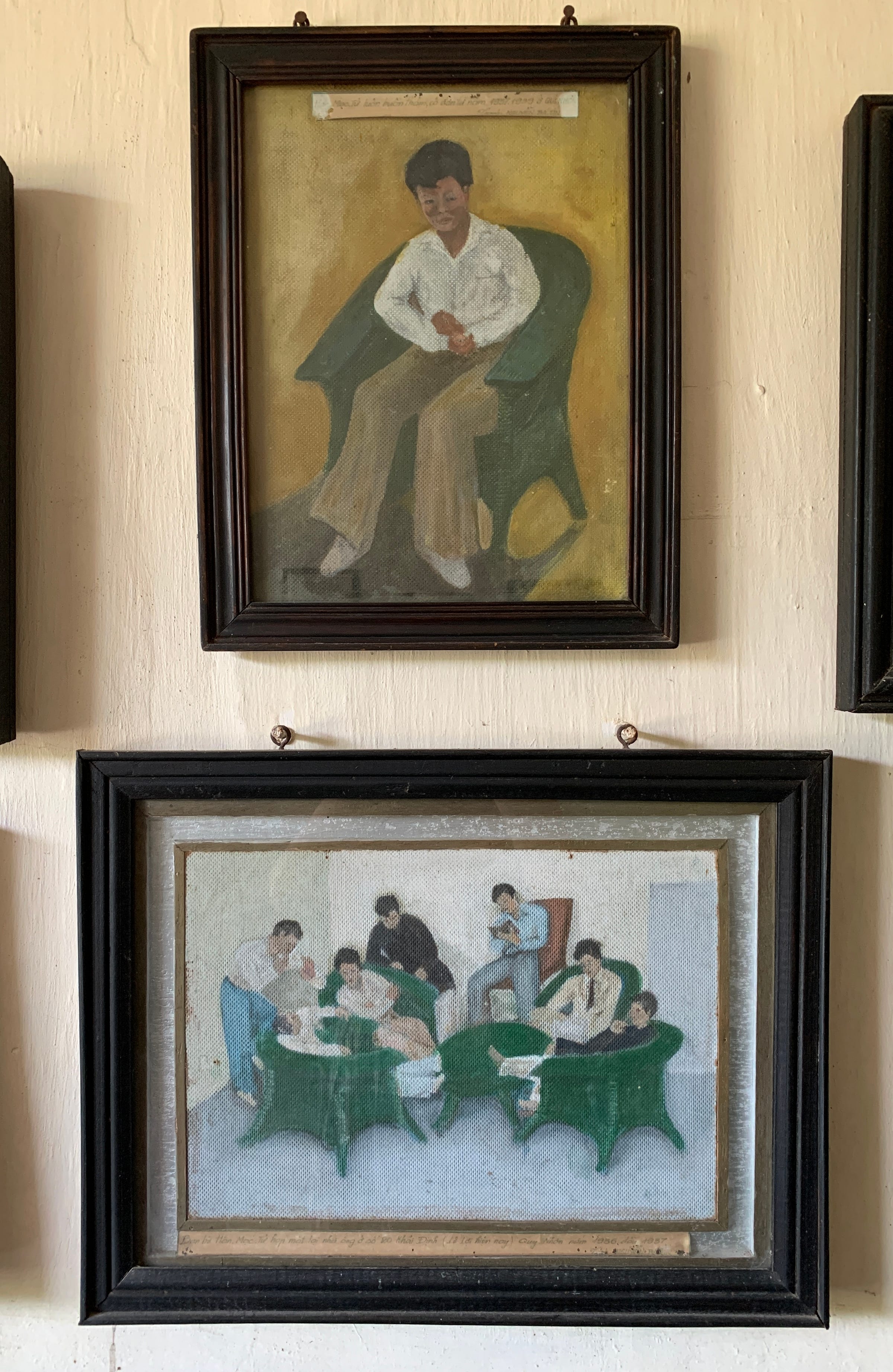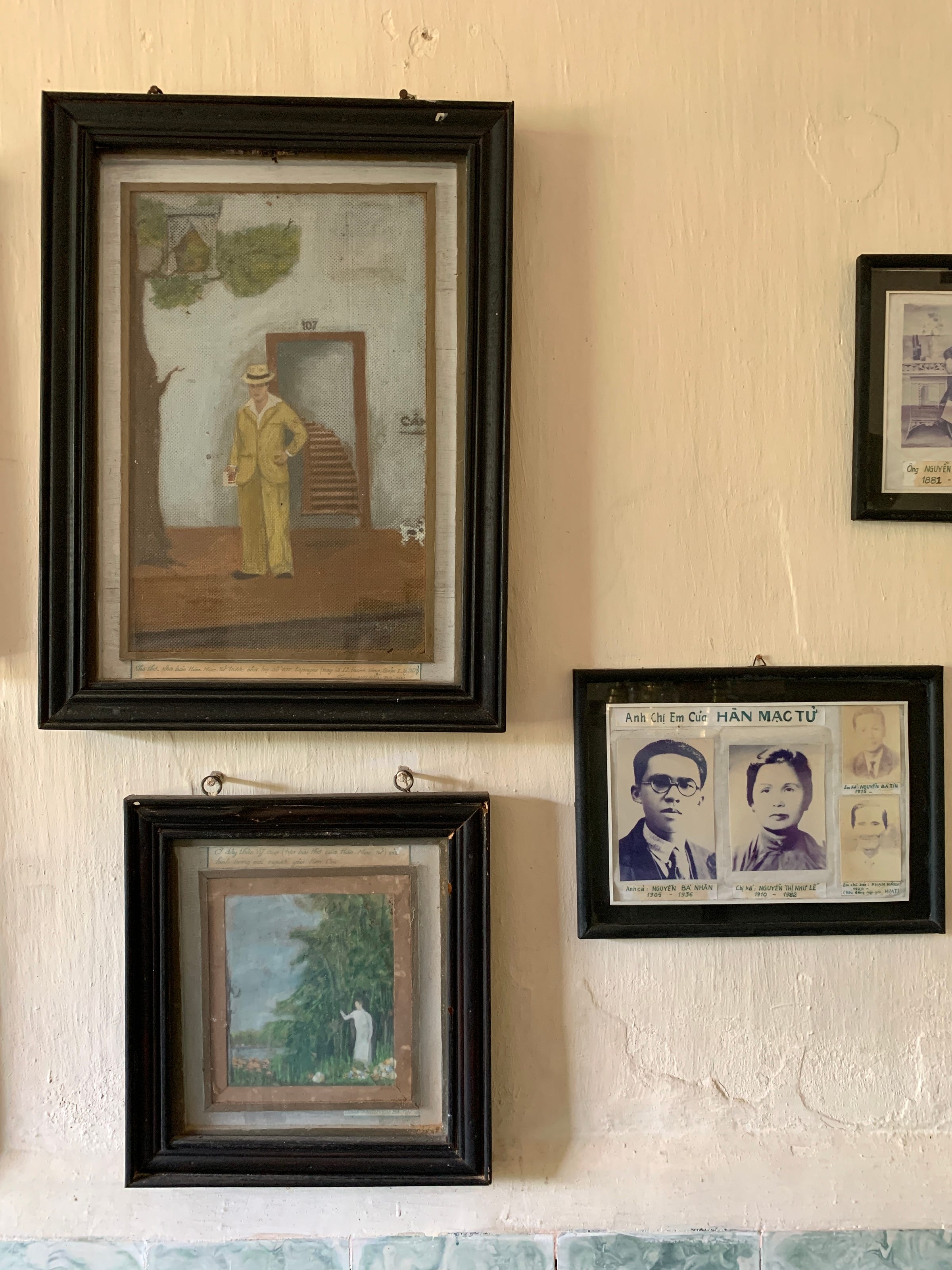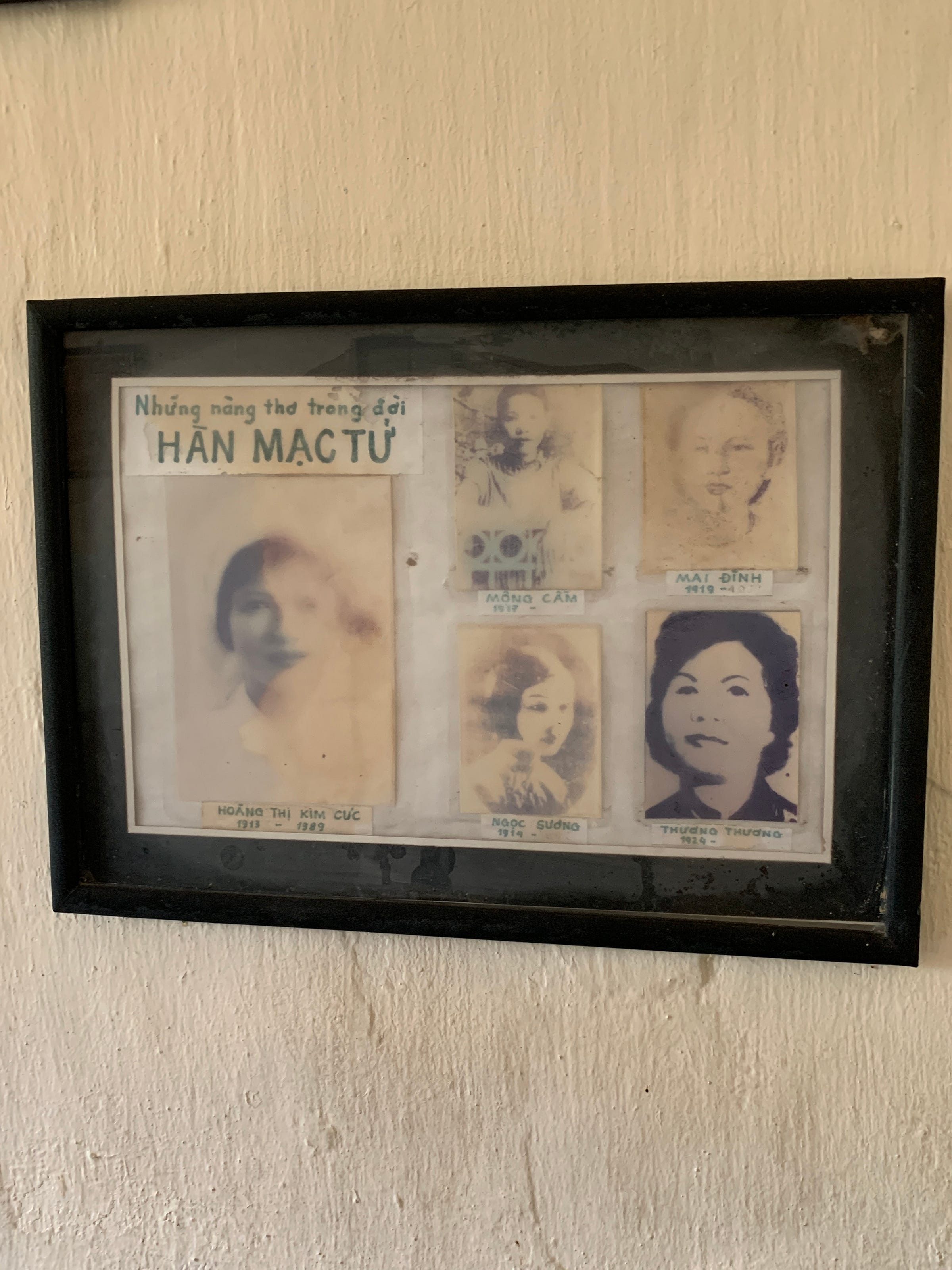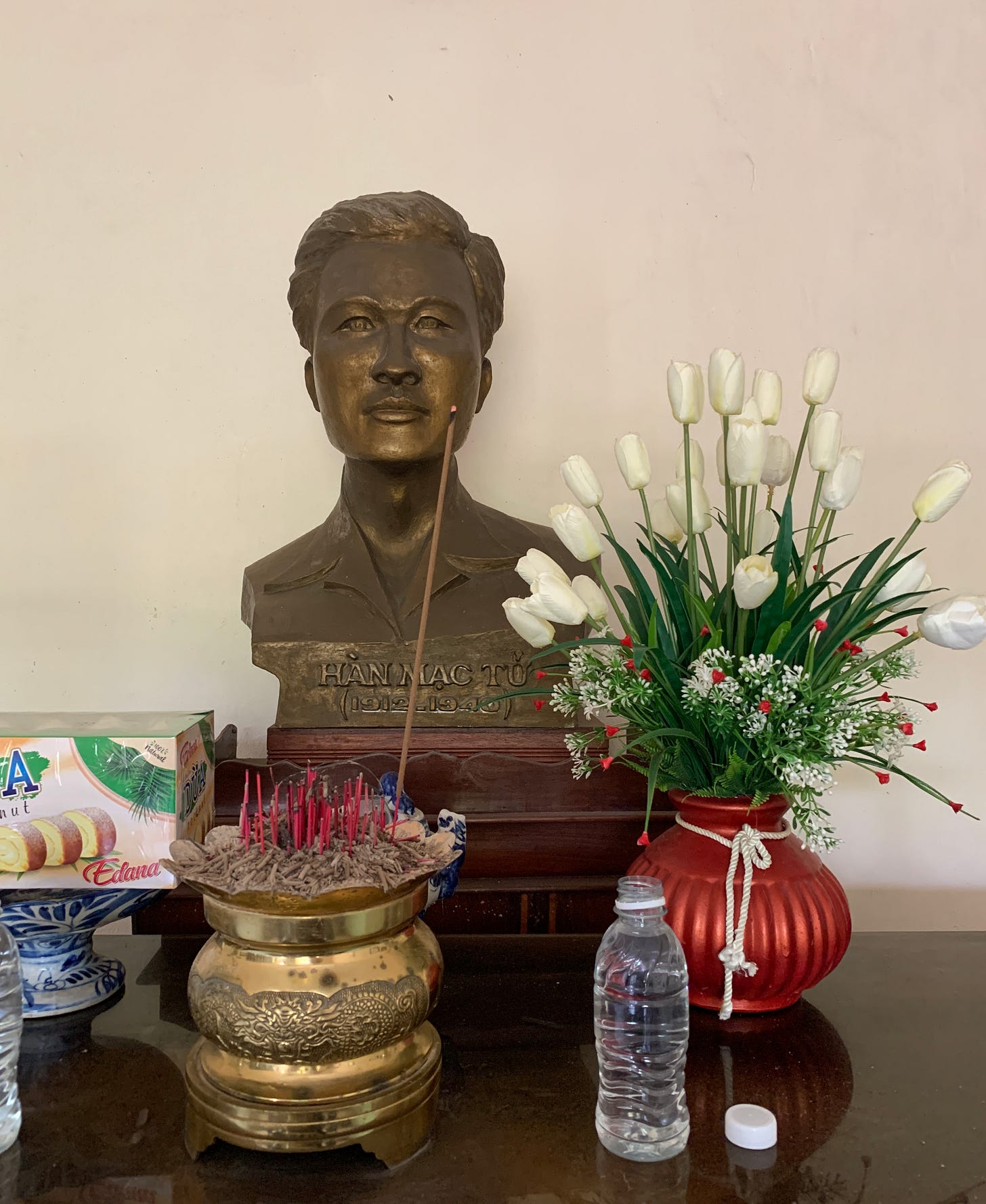The day was beginning to feel like a total bust. We tried to find a beach, craving an untouched paradise. We could picture it now… white sands for us to lounge upon, tropical waters for us to swim in. A 3.8* rating on Google Maps appeared. Not great, but we’ll take it. God we needed a dip. We scooted our way to a coastline.
Our destination approached, and an equally lost and desperate German couple asked us if we knew the way to the beach. Their tiny shorts and fluorescent beach bags filled me with promise.
We walked with our newly acquainted pals, naturally splitting as the sounds of the sea grew louder. Just a scramble through this tree line and lo and behold!
Trash. Plastics, discarded fishing nets, bottle top lids and sanitary pads grimly decorated the “beach”. Sigh, we should have known better. However, we tried to take it in, even attempting a frolic on the sand like our own little jet2holidays advert.
I face the sea.
The waves are surprisingly violent. I silently point at the water and we stand, observing the sea lapping and bringing forth an offering.
The question mark object is a giant, dead bird. A dark, feathered creature. I tell myself to mentally capture its movement as it is propelled forward by the waves, then slowly recedes. When it finally lands on the shore, I feel like I have won a morbid arcade game. We walk over to inspect closer. It is almost impossible to tell which part is wing, body or head.
Overall, I'm not too annoyed at this turnout but instead feeling bemused. “Let's go Ben,” I subtly snap. I often do this. It's just easier sometimes to get things moving that way.
Before we leave the area, Ben decides we should at least walk around the neighbourhood. A town or village, we’re not quite sure but it is green, empty, quiet. I notice the space between buildings. I also spot: a large podium-type structure that reminds me of the bleachers from an American high school (not that I have ever sat, made out or smoked on them); a healthy scattering of miscellaneous Christian religious figures, and fuchsias adorning the scenery. The ability to breathe great big lungful’s of air is welcome. The powder pink paint and baby blue tiling on the abandoned buildings are très Wes Anderson. At least we think they are abandoned, you are never too sure. There is so much uncertainty in Vietnam.
A doorway we walked past prior but pretended we did not see grabs us again. Now, as we look inside, Ben says with utter glee that it looks like a little museum. Inside, the tiles switch to an earthen red and ochre, and the walls are pebbledash. The room houses some glass bookcases, and a strong, tree trunk of a table. A mop and a broom lay resting in the corner. The words of the French girl we met on our travels echo in my brain, “The Vietnamese just like sweeping.” They really do.
I follow the tiles to the second room, where the artefacts lay: photographs, Vietnamese decorative wooden boards and, to my sheer delight, paintings.
The paintings are quiet; private. I feel intrusive, yet continue to bask in their charm.
Portraits of men, suited and suave. Alone, they stand on street corners hand on hip, glass in hand. Or they gaze at the moonlight over the sea. In one portrait a man is sat alone in an armchair. He faces you and is leaning forward, mid-explanation of a thought that has just occurred to him. Grouped together, the men formulate and create ideas, reading aloud from books with complicated words, hands scratching chins as they ponder deeper context. Or they are family men, going about their business along the streets lined with women and children in Victorian garb. I am certain this scene is taking place in the very village we are in now.
Blues, chromatic greys, ochres, violet-tinted whites and greens. They are painted on chipboard material, the kind found in the back of old picture frames. I am reminded of the cheap glass clipped frames from Wilkinson’s and afternoons spent creating collages from my mum’s old Grazia magazines.
It is hard to tell what are words and what are names. Wooden placards hang, professionally engraved. Some interesting scrawl with a man’s face. Photographs of women, their faces faded and worn. They feel like they could be either lovers or mothers. Either way the photos are exhausted.
Eventually, I land on a bust of a man's head. It reads Hàn Mặc Tử. There is incense. I hesitate for a moment, then naturally light a stick and close my eyes. We have witnessed many Vietnamese people pray at temples, swishing the incense around them as they point their praying hands to the crown of their foreheads, touching the floor, their faces, the air, and bowing. I seemingly choreograph my own version. I say thank you for bringing this unexpected little slice of history our way. I thank whoever made these paintings for the inspiration. I thank myself and I thank Ben, who I am grateful for, and has now finished surveying and is standing outside, glancing in to see if I’ve finished my museum tour. I feel the need to do one final capture of everything with my eyeballs before exiting this place forever.
We sit on a swinging bench in the baking sun, sipping softly sparkling water. An absolute treat.
Later that day we found another beach. It wasn’t glamourous, and the sun had retreated, leaving the sky heavy, purple and grey. The only speckles of colour came from the over-saturated cyan blues of boats, close enough to the shore you feel like you could touch them. We got in the sea and the waves were massive. We bobbed and played in the water, diving hyperactively under the waves. It felt fantastic having salt water on my skin. I felt nothing like a dead bird.
At the time, I presumed that the museum honoured Hàn Mặc Tử - the painter. After eventually remembering to research the name further, I found out that Hàn Mặc Tử was not a painter but a poet, and one of the most celebrated and mysterious Vietnamese poets to have existed. He’s kind of a big deal.
Ballads have been sung and plays and movies have been made about the poet’s life, a life cut short at the age of 28 after contracting leprosy. He died in the very village that we visited. There is even debate surrounding the meaning of his name. In classic Vietnamese style, the simple slip of an accent could be the difference between Hàn Mạc Tử - a young man standing behind a cold curtain or Hàn Mặc Tử - the young man with brush and ink.
Subversive, and a poet beyond definition seems to be the consensus a Modernist with a Classical love poet twist, drawing on elements of French Symbolism, even establishing his own school of poetry "Chaos" (Loạn) or "Mad" (Ðiên). When talking to his poet friend Quách Tấn about his final collection Mad Poetry, Hàn is quoted:
‘If God blessed me with health, I would surely burn the collection (Mad Poetry)… One should never let others see the secrets inside one’s heart.’
I was thinking about ending my first post with a Hàn Mặc Tử poem, but English translations are not officially credible, and it felt officially cheesy. To this day, I do not know who painted the paintings in the museum, as there is no record of Hàn Mặc Tử being a painter. Perhaps one day I’ll find out, perhaps I won’t.
Instead, I appreciate that not all answers need presenting, or do not present themselves immediately. But I have gained knowledge about a person who I never would have known existed if it wasn’t for that horrible, trashy beach.










Wow, Elena. You sure can write! What a treat. And those paintings are absolutely divine... especially the man, in his suit and hat, standing on the pavement.